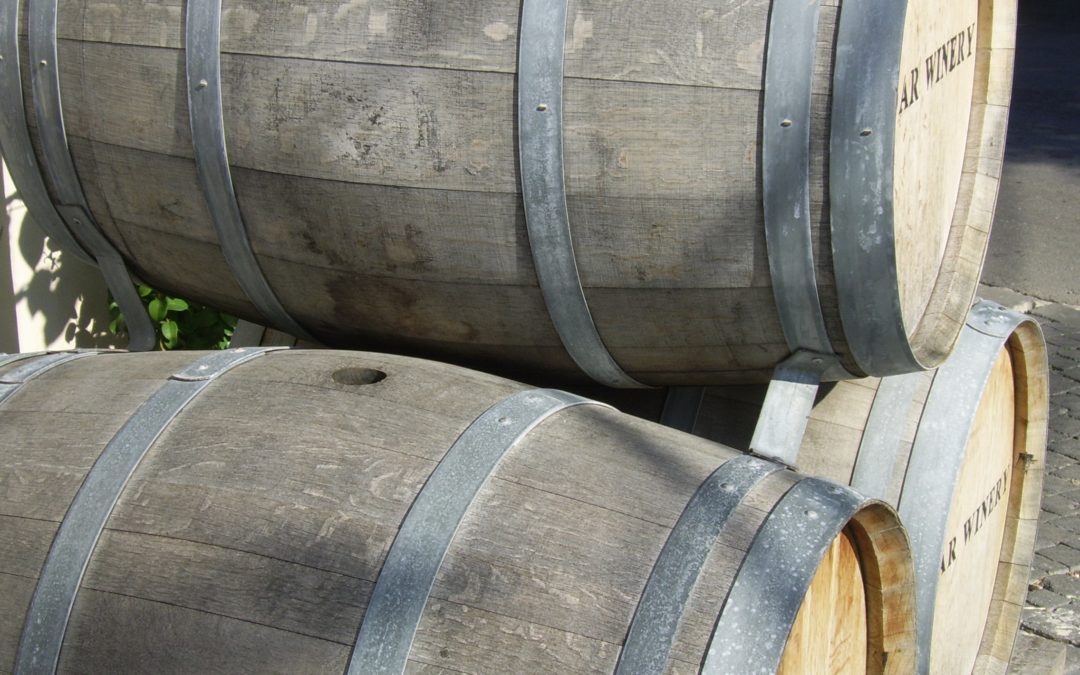We often hear, “Wine is made in the vineyard,” implying that soil, sunshine, fresh air and water are all that’s needed to make great wine. This is somewhat correct in that we can put a bunch of grapes in a bucket and most likely a yeast in the surrounding environment will take over and fermentation will occur naturally. But in reality the process is much more complex and includes a variety of other ingredients. Today, many consumers want to know what those ingredients are and why they’re being used, and advocacy groups are pushing for all ingredients to be listed on wine labels.
Unlike other food and drink manufacturers, wine, beer and spirits producers are not required to disclose ingredients on their product labels, although labels generally include grape varietal, alcohol percentage and the presence of sulfites.
I want to stress I am confident in the quality and safety of all the wines I buy and recommend.
So what are those “other” ingredients?
Mega Purple is a newer additive used in very small amounts to add color and sugar to wine when one or the other may be deficient in the fruit. It is considered a natural ingredient because it is derived from grapes. Simply put, it’s really just a grape concentrate. The addition gives wines a more harmonized flavor and aroma ending with a more jammy, soft quality in the wine. French winemakers have been using beet juice for many years obtaining the same result.
Liquid or powdered tannins, tartaric, citric or malic acid are also commonly used. These ingredients may sound mysterious, but they are components found in most fruits. They are used in many wines when the fruit is harvested overly ripe to make the wine more structured.
Fining agents are among the more controversial additives used. The fining process is used to finish wines by clarifying and removing dead yeast, grape solids or tannin. The centuries-old traditional method uses egg whites, milk protein or isinglass (a gelatin made from sturgeon bladders). These agents are considered controversial because they are not vegan or kosher. Minerals such as bentonite or kaolin can also be used. For most of us there’s no need to be concerned because only traces of these agents are left — in minute quantities at a molecular level — in a finished wine.
Sulfites are already disclosed on labels, but advocacy groups are pushing for disclosure of Velcorin, a brand name of dimethyl dicarbonate. It is used to eliminate yeast, bacteria and molds with potential to contaminate wine. It is introduced in the first 24 hours of winemaking and then breaks down into minute amounts of flavorless and nontoxic carbon dioxide and methanol. It is already used in ready-to-drink teas, sports drinks and sweet fruit drinks.
Some of these additives are necessary for producing a quality product, others are used as shortcuts, and some are used to save a vintage that Mother Nature wasn’t kind to.
Do any of these ingredients pose a threat to our health?
No.
But knowing these ingredients are in your wine — and why — makes you a more-informed consumer and can help you gain a greater appreciation for how your favorite wine went from field to glass.
